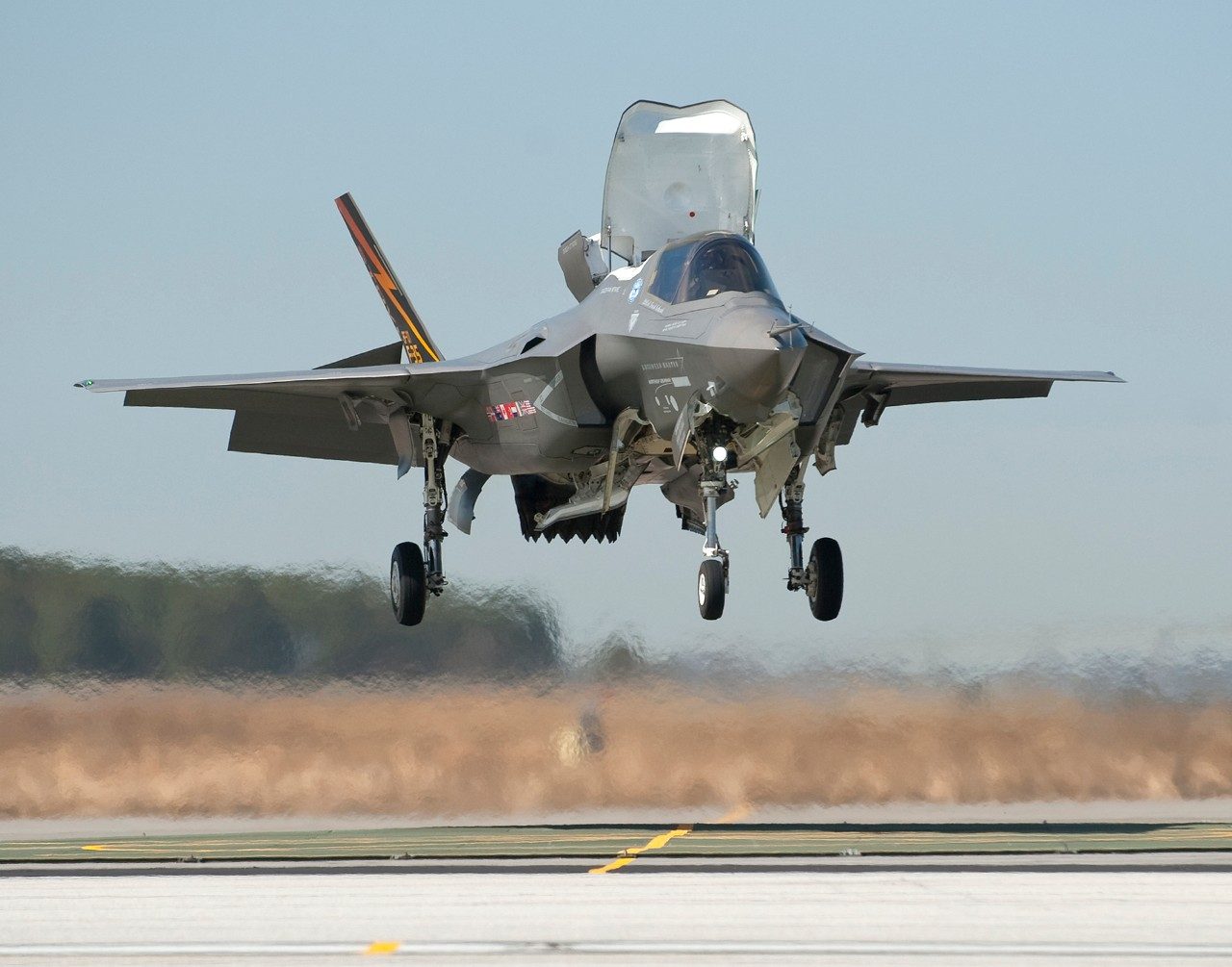The goal of V/STOL aircraft aims for aircraft with a flight envelope that supports both high- and low-speed flight. Why do we aim for this? High speed correlates to the time required to transport cargo. We all want our Amazon packages to be delivered as soon as possible. Low-speed flight implies aircraft that can surveillance, deliver loads, or perform other low-speed operations. Or alternatively, changing the requirement of present-day airfields, specifically, reducing the size of an airport. For example, can the concept of an airfield be eliminated? These conditions introduce the concept of vertical or short take-off and landing )(V/STOL) aircraft.
V/STOL aircraft encompass a range of aircraft. First, consider variations of V/STOL aircraft. We introduce the VTOL, STOL, STOVL, and STOBAR as follows:
is a combination of two acronyms:
Vertical Takeoff and Landing (VTOL) From Wiki
- A vertical take-off and landing (VTOL) aircraft is one that can hover, take off, and land vertically. This classification can include a variety of types of aircraft including fixed-wing aircraft as well as helicopters and other aircraft with powered rotors, such as cyclogyros/cyclocopters and tiltrotors.
Thrust Vectoring

https://youtube.com/watch?v=ob5uirJUx8A
Rotorwing (quadcopters included)

Tiltrotor/wings


Short Take of and Landing (STOL)
- A short takeoff and landing (STOL) aircraft has short runway requirements for takeoff and landing. Many STOL-designed aircraft also feature various arrangements for use on runways with harsh conditions (such as high altitude or ice). STOL aircraft, including those used in scheduled passenger airline operations, have also been operated from STOLport airfields which feature short runways.
Short take-off and vertical landing aircraft (STOVL aircraft).
- A short take-off and vertical landing aircraft (STOVL aircraft) is a fixed-wing aircraft that is able to take off from a short runway (or take off vertically if it does not have a heavy payload) and land vertically (i.e. with no runway). The formal NATO definition (since 1991) is: A Short Take-Off and Vertical Landing aircraft is a fixed-wing aircraft capable of clearing a 15 m (50 ft) obstacle within 450 m (1,500 ft) of commencing take-off run, and capable of landing vertically.[1]

Lastly, the STOBAR (“Short Take-Off But Arrested Recovery” or “Short Take-Off, Barrier Arrested Recovery”) is a system used for the launch and recovery of aircraft from the deck of an aircraft carrier, combining elements of short take-off and vertical landing (STOVL) with catapult-assisted take-off barrier-arrested recovery (CATOBAR).
This details some of the Navy-related launch and recovery.
An overall summary of V/STOL aircraft is provided in the figure below.

When considering this aircraft, the have to consider hover and forward flight. A general diagram of variations is given as:

Key Takeaways
V/STOL aircraft are not trivial. They demand
- High-speed flight: Refined aerodynamics
- Low-speed flight: Increased wing area or powered-lift, complex mechanisms (such a tilting wings or vectoring the thrust), and supporting platforms (such as arresting gear/lauching)
- Hover: Thrust or rotors that can support the vehicle
